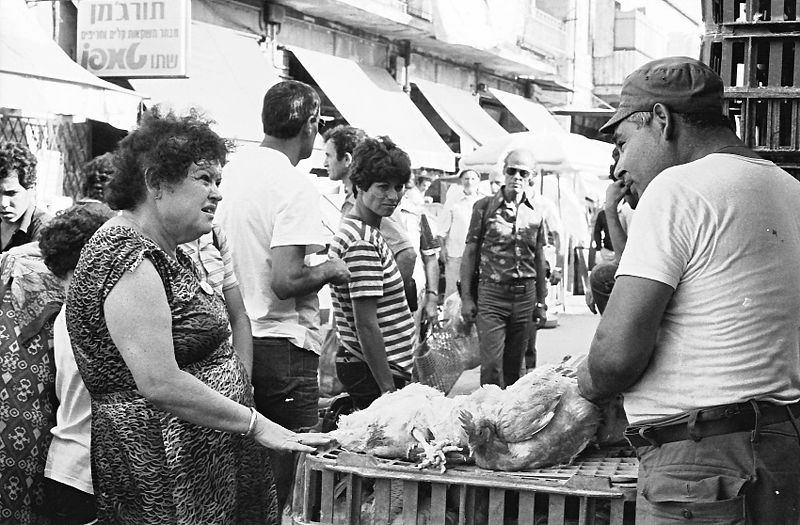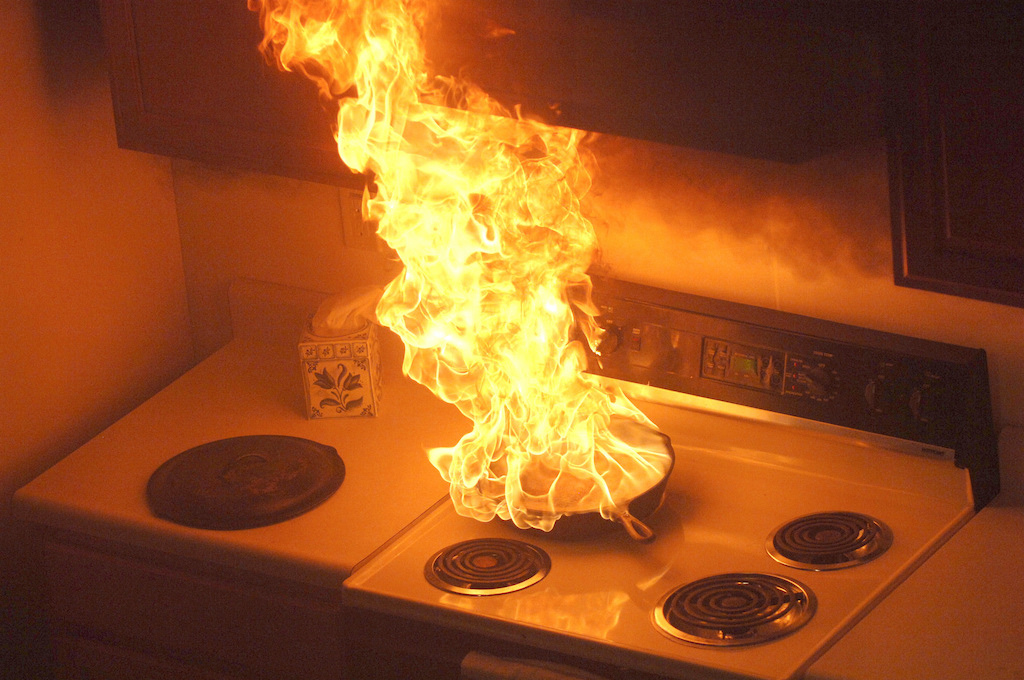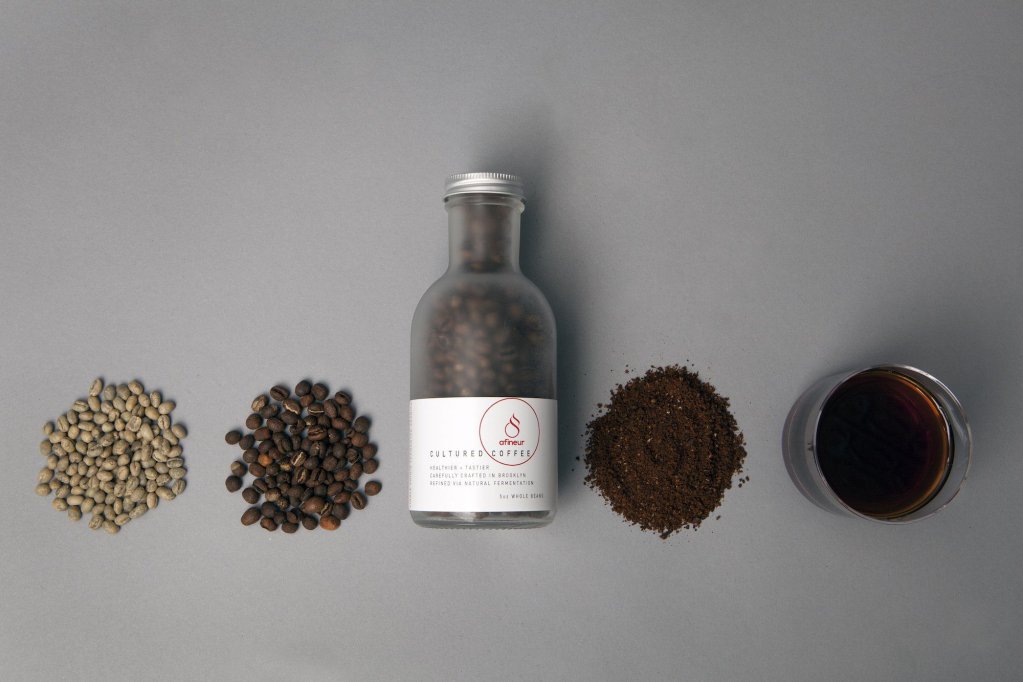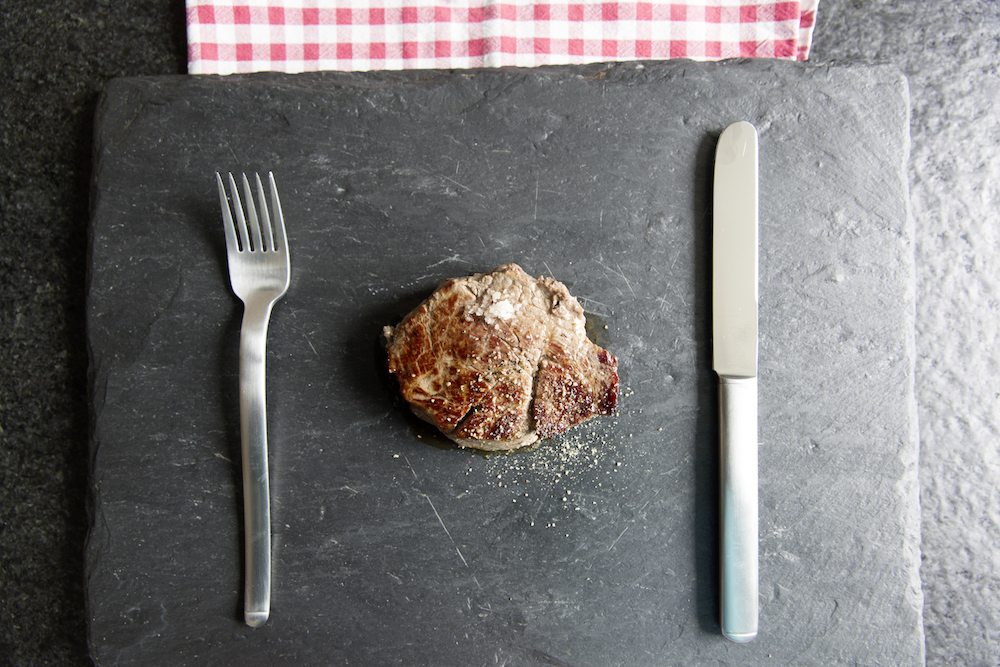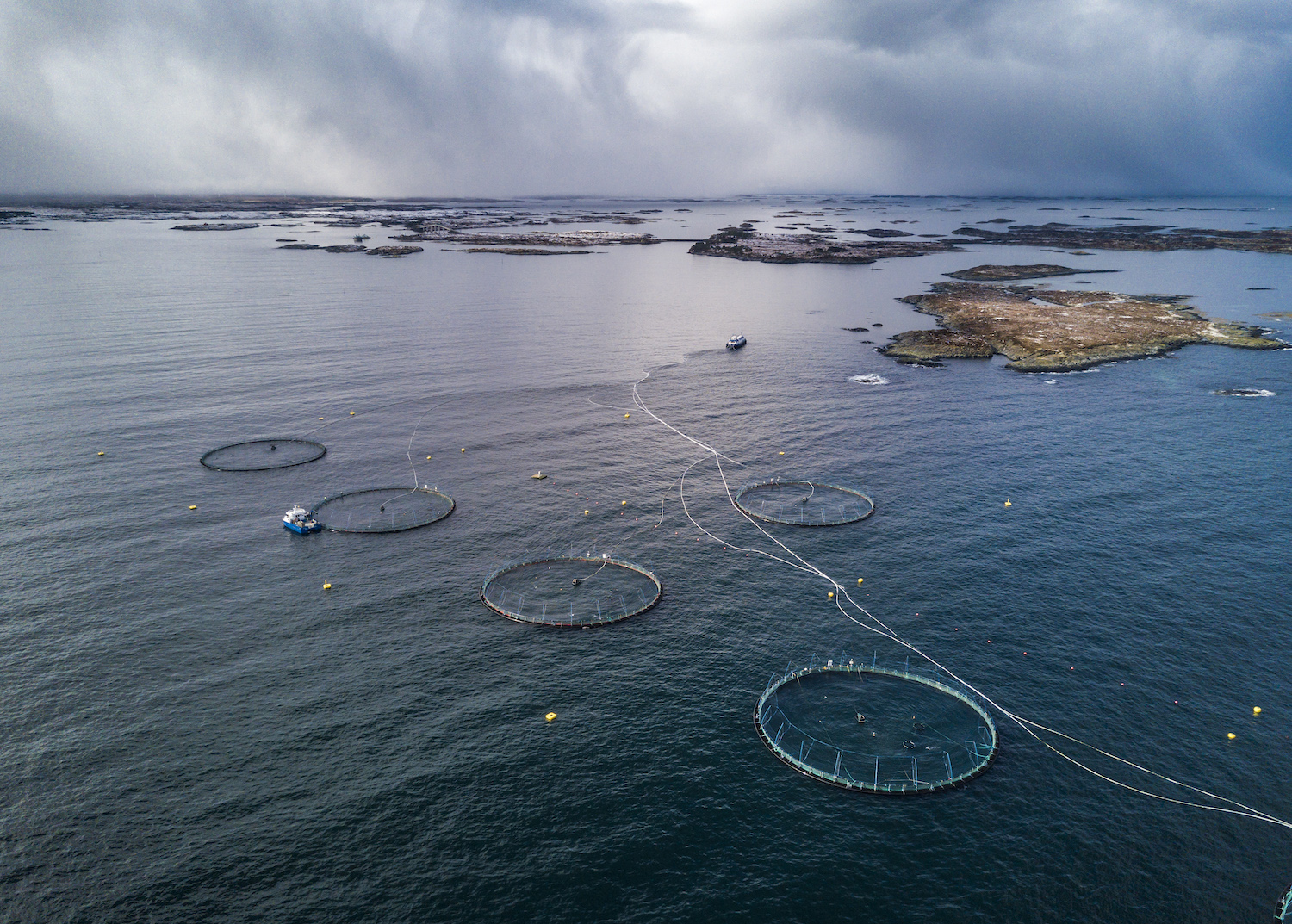In New York City, the walls are thin. The highrises are tall and full. You can’t run down to the corner bodega without bumping into half your neighbors. And because New York is the country’s most hemmed-in city—averaging 28,000 people per square mile across the five boroughs—it’s a place where personal freedoms easily start to crowd up against each other. When does your right to smoke indoors infringe upon my right to breathe clean air? When does your right to blast your stereo infringe upon my right to peace and quiet? When does your right to hoard stray cats infringe upon my right to health and sanity?
With that in mind, let’s talk about one of the city’s biggest, most legally contentious public disruptions: a night in October when 50,000 chickens are slaughtered in the streets of a single Brooklyn neighborhood.
Last week, a New York State Appellate Court confirmed the decision to dismiss a lawsuit brought by an animal rights organization and a group of disgruntled New Yorkers against the New York City Police Department (NYPD), NYPD’s Commissioner, and the New York City Department of Health (DOH). The plaintiffs alleged that the mass slaughter of chickens on public sidewalks—a religious ritual called kaporos or kapparot, observed by some Hasidic Jews on the afternoon of Yom Kippur—constitutes a gross animal cruelty violation and a flagrant public health hazard.
First, some background. Kaporos is a religious rite of atonement, a way to symbolically transfer one’s sins to an animal. The bird receives the punishment God might otherwise mete out upon the person. It’s customary to use a white chicken in kaporos, so that the bird’s light feathers and red crest recall a relevant verse from the book of Isaiah: “If your sins prove to be like crimson, they will become white as snow.” The ritual involves repeatedly passing a chicken over one’s head while reciting the following words in Hebrew:
“This is my exchange, this is my substitute, this is my expiation. This chicken shall go to death and I shall proceed to a good, long life, and peace.”
Then, the bird’s throat is cut. According to tradition, the slaughter is meant to be practiced in a humane fashion and the meat must be donated to the poor.
For many in New York’s Hasidic community, it’s a historic ritual, a sacred act of catharsis. But for certain residents of South Williamsburg, Borough Park, and other Brooklyn neighborhoods with heavily Hasidic populations, the whole thing amounts to a disturbing, unsafe menace.
In her dissenting opinion, Judge Ellen Gesmer describes the scene alleged by the plaintiffs:
“For as many as four days before Yom Kippur, truckloads of crates overcrowded with live and some dead chickens are left on the streets of Brooklyn, with as many as 16 birds per crate, stacked up to 10 crates high. In the days before the birds are slaughtered, they remain crammed into their cages, are not given food or water, are not protected from the elements or from feces and urine falling from the crates above, and sometimes fall out of the crates onto the public street. Birds are injured during the ritual, and their throats are frequently cut incorrectly, to the extent that the carotid artery is not completely severed and the birds die an unnecessarily slow and painful death. The slaughter takes place on public streets in makeshift open-air slaughterhouses, and dead and nearly dead birds, blood, excrement, used tarps and gloves, and other by-products of the slaughter are left on the street for days afterwards. This creates an unbearable stench and a health hazard both before and after the ritual. Children are present during, and sometimes assist in, the slaughter. Plaintiffs’ toxicology expert states in his affidavit that these conditions create a risk of public exposure to, and spreading of, Salmonella, Campylobacter, strains of influenza, and other pathogens, toxins, and biohazards, which can cause respiratory complications, dermatitis, and infectious diseases in humans. The non-City defendants do not seek or obtain required permits, and there is no oversight and no system for cleanup. At the time the matter was argued before the motion court, the non-City defendants had purchased 50,000 live chickens for the approaching holiday. Plaintiffs have complained repeatedly about the situation and obtained no meaningful response.”
There is some evidence to support the scene described. The New York City local news blog Gothamist has turned kaporos chaos into an ongoing beat, using video to document dead birds being thrown into dumpsters and otherwise improperly disposed of. The New York Daily News quotes local residents who tell a similar story (as well as others who dispute it). But the suit isn’t really about whether these allegations are true or not. It’s not even really about religious freedom. It’s about whether the plaintiffs can legally compel action if violations do, in fact, occur.
That’s where things get tricky. The legal strategy used by the plaintiffs—an organization called Alliance to End Chickens as Kaporos, run by the animal rights group United Poultry Concerns, as well as a number of individual complainants—was to file what’s called a writ of mandamus, a way of petitioning a court to force local law enforcement officials and regulatory agencies into action. (“Mandamus” is Latin for “we command.”) Their argument is that, by allowing widespread chicken slaughter on public streets, the city was turning a blind eye to a number of animal cruelty and public health violations. The plaintiffs want to see the law enforced, and any offenders punished.
But the court, which ruled 3-2 to dismiss the case, argued that there are two types of criminal action. Ministerial acts—say, murder—compel a legal response, and must be enforced by the law. Discretionary acts, on the other hand, are a matter of preference, the way a cop can pretend she didn’t see you roll through that stop sign, or can let you off the hook for that speeding ticket. The majority judges agreed that, based on the wording in state law, the city agencies named in the suit had done nothing wrong, since the relevant public health laws are discretionary. “Plaintiffs do not have a ‘clear legal right’ to dictate which laws are enforced and how, or against whom,” the judges write. “As for DOH, it too has acted on plaintiffs’ complaints, by sending an investigator. Notwithstanding plaintiffs’ complaint that the investigator arrived after Kaporos ended, plaintiffs have no clear right to dictate when, how, or if at all, such investigation takes place.”
But the animal cruelty provision in New York State’s Agriculture and Markets Law is a little more unambiguous, saying that officers “must…summon or arrest, and bring before a court or magistrate having jurisdiction, any person offending against any of the provisions” (emphasis added). The trouble is with the very definitions of animal “torture” and “cruelty”, which are defined by the state as acts that cause “unjustifiable physical pain, suffering or death.” Does kaporos qualify? Is the ritual religious sacrifice of animals “justifiable”? That’s a matter of debate—and that very ambiguity, the hard-to-pin-down nature of justification, the judges ruled, is a legal signal that mandamus can’t be applied.
Two judges disagreed with the ruling enough to write a dissenting opinion, authored by Judge Gesmer and quoted above—one that makes a different argument about the word “justifiable.” Gesmer writes that even if the ritual killing of chickens is protected as freedom of religion, it still wouldn’t justify some of the other actions being alleged: leaving chickens out in the rain, or letting them go for days without food. Since kaproros could take place without those actions, it’s hard to see them as justifiable cruelty.
On these grounds, the plaintiffs will appeal. “The fact that there were two dissenting judges allows us to seek appeal in New York State’s highest court, The Court of Appeals,” writes Alliance attorney Nora Constance Marino. “We intend to press on.”
